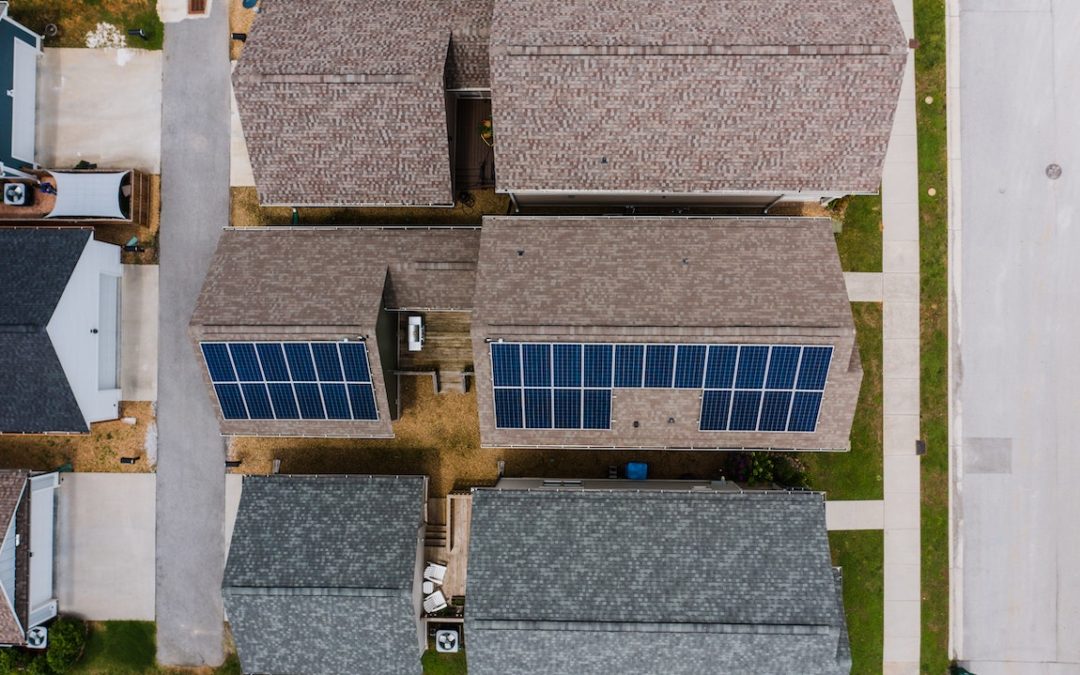Energy storage will be a key component of the transition to renewable energy sources. Solar, wind, and other renewables require energy storage in order to effectively manage energy demand and supply. The demand for battery energy storage has been on a steep upward trajectory in recent years, and this demand is expected to continue growing. Here is a closer look at how lithium-ion batteries work as tools for energy storage and how they can be used to help the planet transition to clean energy on a global scale.
Environmental Impact of Current Energy Storage Systems
Most modern utility grids do not currently store energy due to the extremely high costs. Instead, these grids require assistance from fossil fuel-burning plants that can increase or decrease energy according to the current demand. Unfortunately, this system has serious detrimental effects on the environment, as it can cause even more pollution than the burning of fossil fuels in these plants.
How Does Battery Storage Work?
Battery storage—also known as battery energy storage systems (BESS) —are technologies that allow energy from renewable energy sources (such as wind and solar) to be stored for later use.
Currently, lithium-ion batteries currently represent the largest share of the battery storage market. These are the batteries most commonly used in electric cars and smartphones. They are also used in large-scale plants that develop electricity grids capable of using renewable energy sources.
Battery storage systems are much more complex than the batteries used in household electronics. These systems can be charged using electricity generated from renewable sources. The batteries also contain software that uses algorithms to produce energy and computerized control systems that automatically decide when to store energy for later use and when to release it to the electrical grid.
The battery storage system automatically releases energy when demand is at its highest, which saves money and allows energy to flow consistently.
The Role of Battery Storage in Decarbonization
To date, over 70 countries have pledged to reduce greenhouse gas emissions to as close to zero as possible by the year 2050. Meeting this goal will require a multi-faceted approach, and the United Nations has called for a “complete transformation of how we produce, consume, and move about.” Since the energy sector accounts for approximately 75 percent of greenhouse gas emissions today, transforming this sector will be one of the most important facets of meeting these global climate goals.
Renewable energies like solar and wind are promising, but they have certain limitations that must be overcome. These energies are inherently intermittent and require strong storage systems to ensure that energy is always available as needed. Sunlight and wind are not consistent, but the power generated by these sources can be stored in battery storage systems, where it can later be released to fulfill demand.
When renewable energy systems lack battery storage and energy from solar or wind is unavailable, their power is supplemented by the electric grid, which mostly includes carbon-emitting sources. This demand can easily increase beyond what the currently available power is capable of covering, especially during the summer and winter due to an increased demand for air conditioning and heating.
Battery storage systems store excess energy produced by solar and wind farms during prime weather conditions. This energy can then be used as needed without relying on the traditional electrical grid for assistance during times of high demand.
How High Is the Demand for Lithium-Ion Batteries?
The demand for lithium-ion batteries has skyrocketed in recent years, thanks to a combination of electric vehicles, personal electronics, and energy storage. While the demand for this technology was just 0.5 gigawatt-hours in 2010, that figure reached 525 gigawatt hours by 2020. Experts expect this demand to continue to increase, with a projection of a 17-fold increase by 2030. This increased demand is a good thing for the transition to renewable energies, as higher demand often brings costs down.
Is There Enough Lithium to Meet the Growing Demand?
The rapidly growing demand for battery storage could potentially place some pressure on lithium and other resources. Lithium-ion batteries only contain a very small amount of lithium, but the new demand will also require materials like cobalt, graphite, nickel, and manganese. The supply chains for these materials will need to adapt and find ways to fulfill this demand in an environmentally conscious and ethical way.
Fortunately, lithium is not currently a scarce resource. Experts believe that the global lithium reserves provide enough of the material to meet the expected increase in demand. However, this theory is only true if all of the reserves can be harnessed and used to produce lithium on an industrial scale, and if all of the lithium on earth is of sufficient quality to use in batteries.
Due to these hurdles, the International Energy Agency (IEA) believes that the world could see lithium shortages by the year 2025. These challenges will need to be overcome to harness the full potential of electric battery storage in the fight against climate change and carbon emissions.

